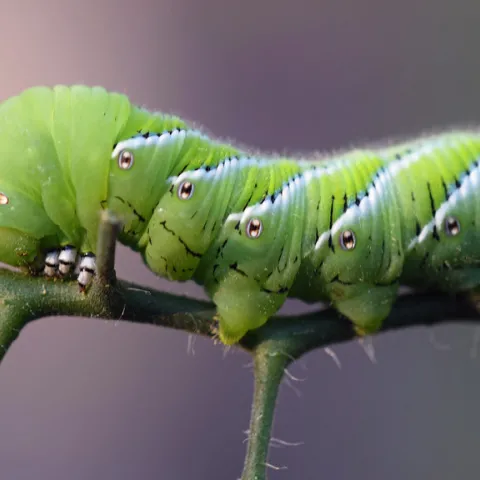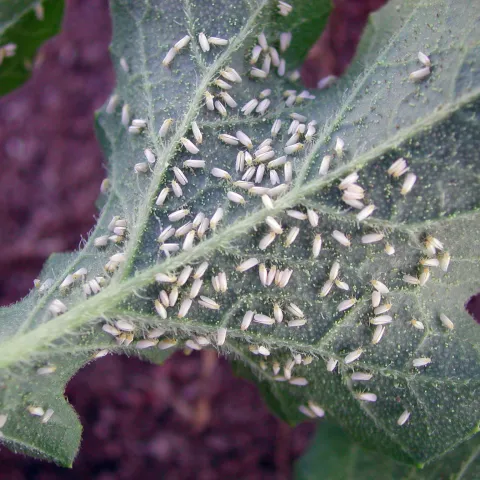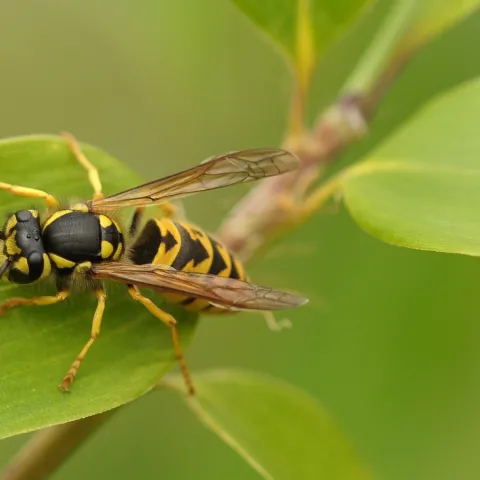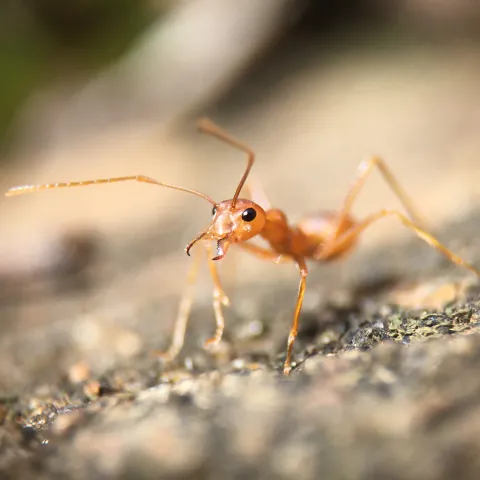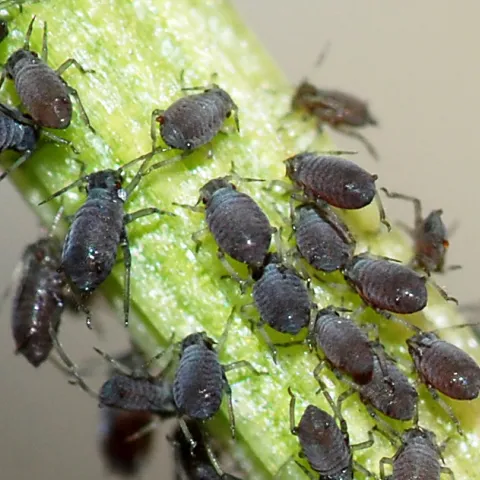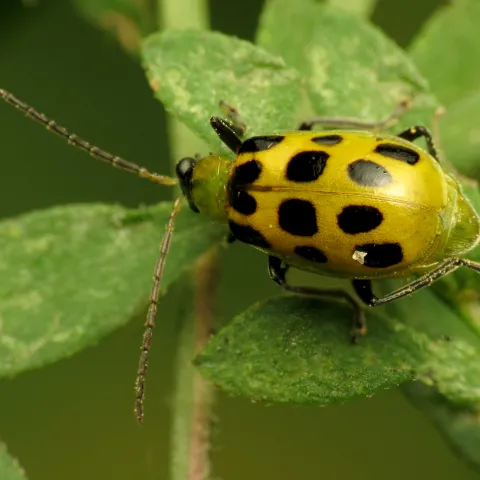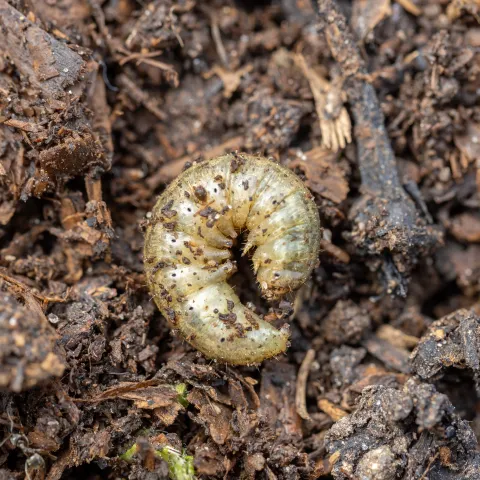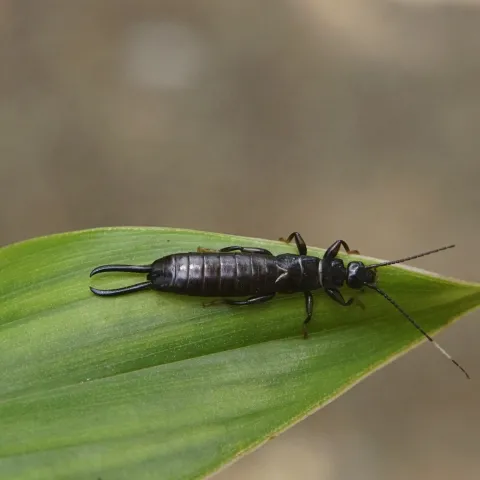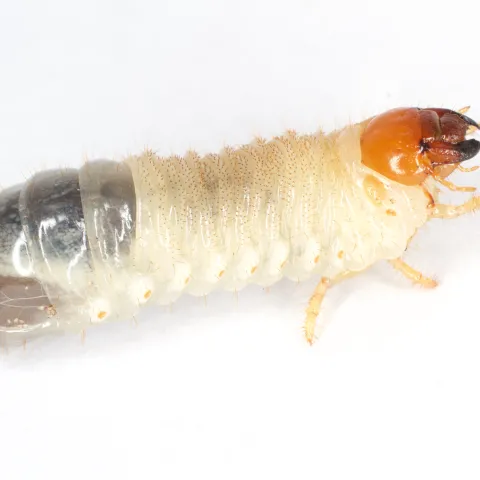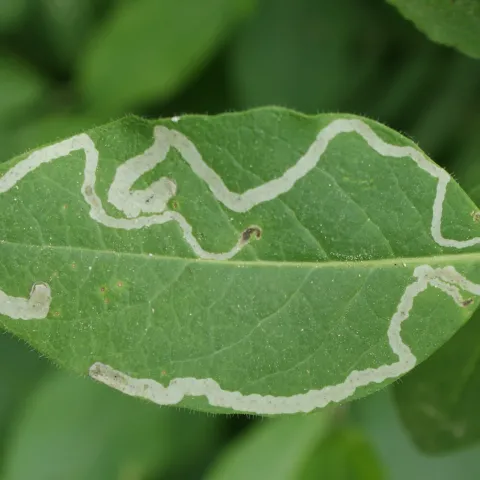Invertebrate pests – insects, spiders and mites, snails, and slugs
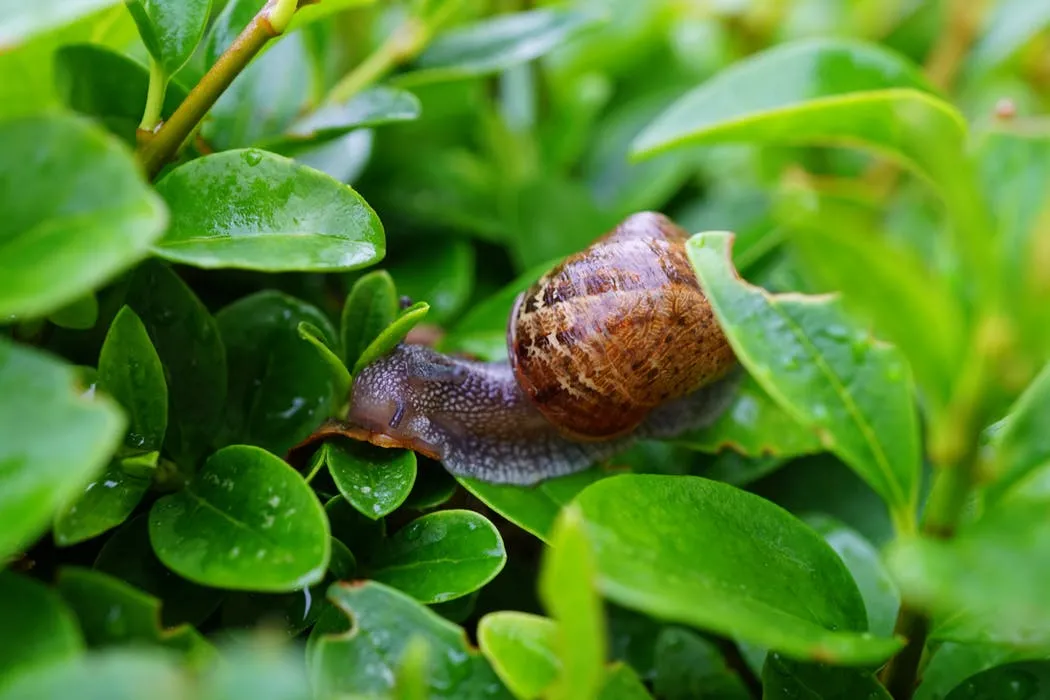
An invertebrate is any animal without an internal backbone including insects, spiders, mollusks, crustaceans, and worms.
Insects (Arthropods)
• Have three main body segments, three pairs of walking legs, and antennae
• Live in the air, on and in soil, and in water
• Majority are harmless or even beneficial; less than 1% are considered pests
• Aid in the production of fruits, seeds, and vegetables by pollinating blossoms
• Improve soil’s physical condition by burrowing throughout the surface layer
• Some parasitize or prey on harmful insects
• Serve as food sources for birds, fish, mammals, reptiles, and other animals
Spiders and mites (Arachnids)
• Have two main body segments, four pairs of walking legs, and no antennae
• Spiders are generally beneficial because of the large number of insects they eat
Snails and slugs (Mollusks)
• Move by gliding along on a muscular “foot”
• The “foot” constantly secretes mucus that helps them move and later dries to form the silvery slime trail
> GARDEN PESTS:
> Vertebrates
> Diseases


